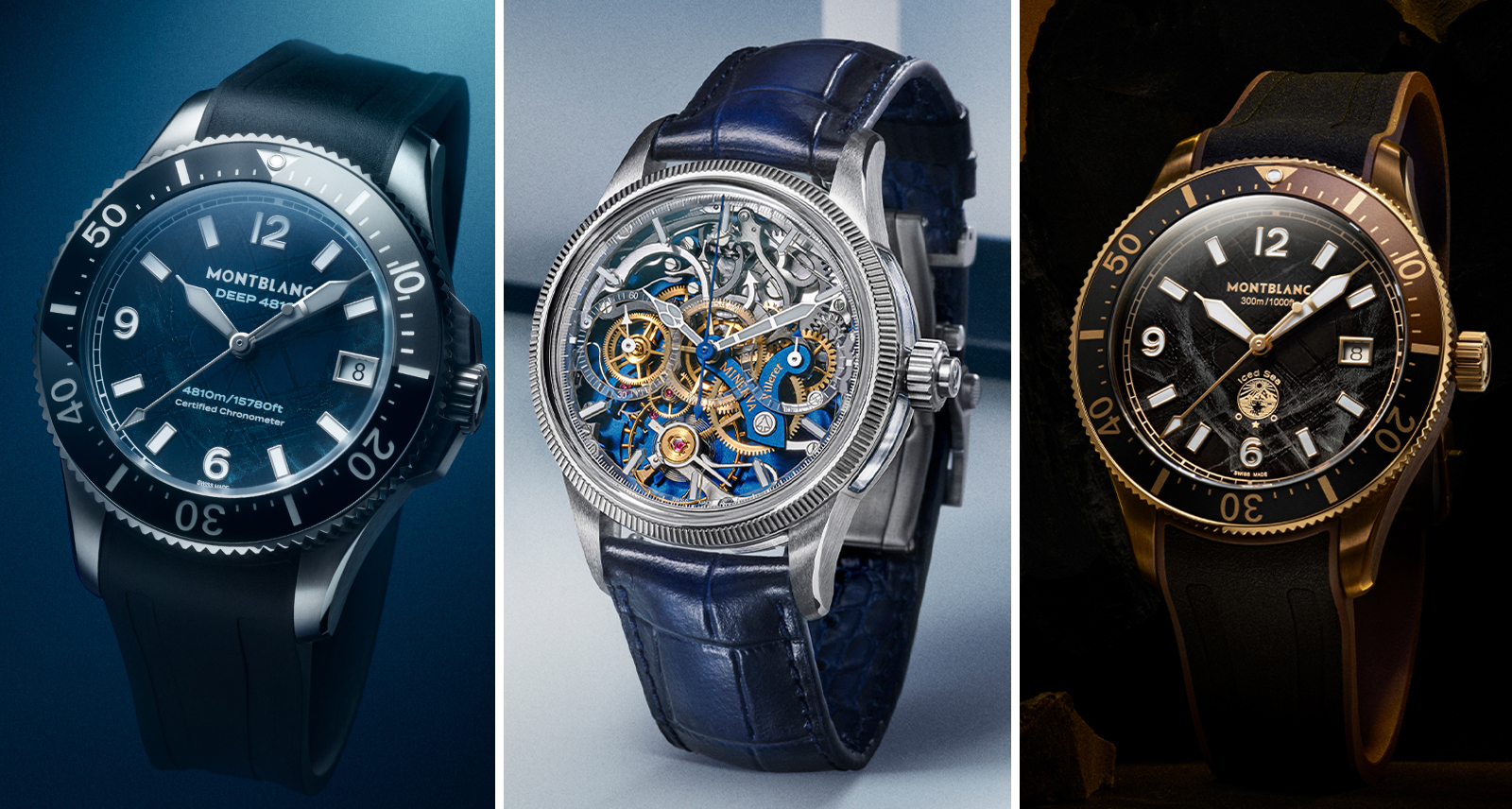Glass Onion Director Rian Johnson on His New Sequel To Hit Detective Film Knives Out
T.S. Eliot once wrote that every great detective story relied on the idea of fair play. In theory, Eliot believed, an attentive reader should have a fair shot at guessing the culprit. He outlined a few rules to even the playing field: no occult phenomena, no disguises, and the motives of our criminal must be “normal.” In era, however, do the rules still apply?
With 2019’s Knives Out, director Rian Johnson created his own iconic detective in Benoit Blanc, the charming but bumbling southern gentleman portrayed by Daniel Craig. Classic in style, but concerned with the questions and conditions of modern life, the film was a runaway success. Now Blanc is back to solve another mystery.
Glass Onion: A Knives Out Mystery opens amid the frenzy of the early pandemic. The all-star cast, including Kate Hudson, Dave Bautista, Janelle Monáe, Kathryn Hahn, and Leslie Odom Jr., is invited to a weekend on a Greek island to play an elaborate murder-mystery game. Their fortunes soon sour, however, as they find themselves trapped on an island with an actual murderer.
A playful filmmaker, Johnson flirts with expectations. He threatens to break with tradition as he seeks to stump the audience. And, when it comes to the idea of fair play, it will be up to the audience to see if Johnson plays according to the rules of the murder-mystery genre with the latest Blanc adventure.
Rian Johnson sat down with SHARP to talk masculinity, language, and star power.
This film explores many different types of masculinity. Two central characters, Miles and Duke, explore different facets of what we might call “toxic masculinity,” whereas Benoit Blanc represents a more positive interpretation. What does positive masculinity look like?
In this film, Blanc is maybe the only beacon of actual positive masculinity, where there’s strength and confidence but also a desire, first and foremost, to “do no harm.” There’s a willingness to listen. Blanc is a good listener, and that’s part of his job. Opposed to trying to project his own image, he’s hearing and seeing people in contrast to the other characters, especially Duke [Dave Bautista], who is maybe a caricature of toxic masculinity. Then, of course, there are layers to Duke that are revealed, and not necessarily good ones. There’s a reason that Blanc is the moral centre of the movie.
One of the things I love about the film is a kind of playfulness with language, with many made-up words inspired partly by internet-speak and the tech industry. How fun was it for you to play with language?
I’m fascinated by how people talk in real life. I think quote-unquote naturalistic dialogue is a thousand miles away from how people act. People talk in very weird ways, and the human brain is trained to hear fragments, idioms, and weird mixtures of things and interpret them. It’s also a tool to help define each character. The first movie I did was this detective movie, Brick. The entire thing was born out of my love for Dashiell Hammett’s language and weird Orange County surfer slang, melding those into bizarre idioms.
I’m fascinated by how people talk in real life. I think quote-unquote naturalistic dialogue is a thousand miles away from how people act.
In this film, it was fun that now Daniel has eased into the character. There’s a scene where he eats some really spicy tamales. He says, “Helled Mary, that’s got a kick!” And that’s Daniel. It was actually a guy who works with Daniel, Mike, who came up with that line. Edward is also a well-travelled guy; he knows many people and is friends with people in the tech industry. He was drawing and pulling in phrases he heard over the years from maybe Miles-adjacent folks. You put it all into a stew.
You’ve said that you and the cast played murder mystery games during COVID lockdowns. Can you talk a little bit more about those games?
We played Mafia, and it’s like playing Mafia with some of the best actors working today who have also been working their asses off all week and need to blow off steam. It was so much fun to watch, it was like a combination of Mafia and theatre camp. Janelle [Monáe] would show up in full costume, like Sherlock Holmes in a cap, with a pipe and fake moustache. She would stay in character for an amazing amount of time into the evening and not break. It was unlike any other Mafia game I’ve ever experienced. Kate [Hudson] and Leslie [Odom Jr.] take their Mafia very seriously. Overall though, it speaks to how lucky we were again. In the first movie, we had a group of actors bonded similarly. This one was just as much, if not more, because we were all concentrated together because of the lockdown while we were shooting.
You’re working with some big movie stars who the audience has these preconceived notions of. Are you drawing on or toying with those perceptions in any way?
Inevitably when you’re dealing with movie stars who the public knows, there’s going to be that element involved, but it’s something you never talk about. I can’t see how it would be helpful to have someone have that level of meta-processing in their mind while trying to create a character. But it’s still inevitable. I had my first real dose of that when I made Looper, my third movie, and I worked with Bruce Willis. In the editing and testing of the movie, I realized how much I had to consider people’s preconceptions of Bruce Willis in telling his character in the story. It’s almost like his persona had its own gravity. Even though he ends up doing horrible things and literally killing children in the movie, the audience wants to let him off the hook because he must have had a good reason for doing it. After all, they trust Bruce Willis. The power of it is something you ignore at your peril.
One thing that all of the good ones have in common is that some aspect of them puts people off guard, so they’ll tend to reveal more than they think they’re revealing.
I’m not a huge murder-mystery aficionado. I’ve seen some movies, I love Colombo, but I’m by no means an expert. What role do politics traditionally play within the murder mystery genre?
In terms of recurring themes in murder mysteries, I don’t know if there are any as opposed to, say, the hardboiled detective, who was very much about a kind of masculinity in the wake of the early 20th century and later, about postwar lives and masculinity as well. There’s no real golden age for the murder mystery, and it’s spread over decades, so I wouldn’t say there is a thematic link. That’s why some people write about the genre as essentially conservative. Not politically, but it’s essentially conservative in that crime creates chaos. Then there is satisfaction in seeing a benevolent father figure of a detective come in and set things back in order. There’s something very comforting about that.
I would point right back to Agatha Christie when you talk about politics. I think that’s one of the correctives I wanted to bring when I sat and wrote a whodunnit. Our perception of the genre is essentially a nostalgic, gilded period piece set in England, far away, in Quainstburgshire. The reality is that when Agatha Christie was writing, she wasn’t writing period pieces; she was writing her culture. Her books weren’t pointedly, radically political, but she was engaging with the culture and never shying away from it. We now see quaint character tropes like the Colonel Mustard type, the uncle who is back from the war and is kind of belligerent [for example]. But when she was writing, everyone did have an uncle who was in a war and had come back. Or the young woman widowed by the war, or the women smoking cigarettes and pushing against it all. So our notion in doing a whodunnit was essentially to have fun, play with it, and try to impress the audience. It’s essentially classical, but it’s set in modern-day America. That was one of the biggest draws in doing all of this.
There’s a common expression, the clothes make the man. What do Benoit Blanc’s clothes say about him?
Blanc was conceived in the tradition of Hercule Poirot, Miss Marple, Columbo, or any of those classic whodunit detectives. One thing that all of the good ones have in common is that some aspect of them puts people off guard, so they’ll tend to reveal more than they think they’re revealing. Blanc’s act of southern bumbling is part of that. He’s a man who likes to look good, but he has a very specific style. When he shows up in that swimsuit, a big part is “the fun test.” What is going to be fun to see him in?
Jenny Eagan, our costume designer, who also did Knives Out, is wonderful. A big part is her reading the script and us talking a bit about the vibe and if I have any specific ideas, but I’ll usually let Jenny go to town. With her collaborating with the actors, they’ll usually figure out something pretty amazing.
There’s a through line in your work of opulence, this over-the-top world of the wealthy. It also struck me while rewatching The Brothers Bloom, which is similarly about the world of the one per cent.
This is very different than Brothers Bloom. Bloom is almost like a fairy tale portraying that world with a more innocent eye. Bloom was largely written by a kid who was broke through most of his twenties and couldn’t travel at all. There was a genuine romanticization of steamer ships and getting to go and do all these great things I wanted to go out and do. Whereas with Glass Onion, it’s a very different context. There’s something incredibly funny, funny in a way that’s not funny, about Miles’s ostentatious wealth and the mega-rich spending that feels increasingly in our faces these days. It felt like something we could all take pleasure in laughing at.
Part of that ostentatiousness is his collecting of art. Can you talk about how you went about decorating the set?
My favourite detail is that I asked the production editor to turn a Rothko painting upside down. There’s Koons, pop art, and stuff that we just made up that’s reminiscent of different styles. There are actual great works of art, though obviously fakes, just really well-done fakes. It is a little museum gallery, and Edward Norton was walking around like a shopping centre, like, “I want that one,” but with those paintings, there’s a deal where you have to destroy them after the shoot is done. Not only that, you have to make a video to document that you’re burning them.
Feature Image: John Wilson/Netflix © 2022










